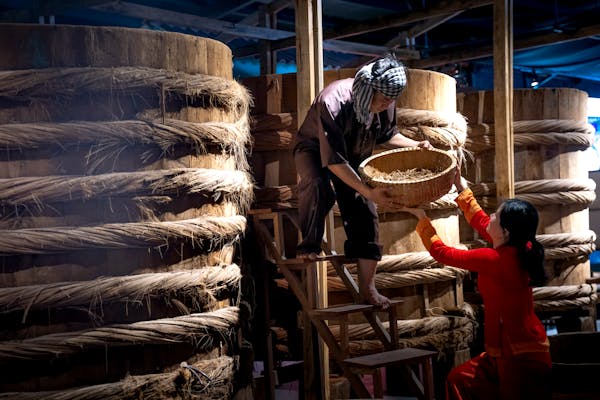Introduction:Bringing a product from concept to completion is a complex process, especially when manufacturing in China. However, with the right approach and understanding, you can navigate this process smoothly and efficiently. This guide will walk you through the key stages of Chinese manufacturing, from initial concept development to final product delivery, ensuring your project is a success.
1. Concept Development:
The journey begins with a strong concept. Whether you're creating a new product or improving an existing one, it's essential to start with a clear idea of what you want to achieve. Define the product's purpose, target audience, and key features. At this stage, consider consulting with industrial designers or engineers to refine your concept and make it practical for manufacturing. Detailed sketches, 3D models, or prototypes can help you visualize the product and communicate your vision to manufacturers.
2. Selecting the Right Manufacturer:
Choosing the right manufacturer is a crucial decision that can make or break your project. In China, there are thousands of manufacturers, each with different specialties, capabilities, and levels of quality. Start by researching potential suppliers through online directories, trade shows, or referrals. Evaluate them based on their experience, production capacity, quality control processes, and communication skills. Visiting the factory, if possible, can provide valuable insights into their operations and give you confidence in your choice.
3. Design and Engineering:
Once you've selected a manufacturer, the design and engineering phase begins. This stage involves translating your concept into detailed technical drawings and specifications. Your manufacturer may have in-house engineers or work with external design firms to ensure that your product is optimized for mass production. During this phase, consider factors like material selection, production methods, and cost efficiency. Collaboration between your team and the manufacturer is key to addressing any design challenges and ensuring the product is both functional and manufacturable.
4. Prototyping and Testing:
Before moving into full-scale production, it's important to create prototypes of your product. Prototyping allows you to test the design, identify any flaws, and make necessary adjustments. Chinese manufacturers are often skilled at rapid prototyping, using techniques like 3D printing, CNC machining, or injection molding. Once the prototype is ready, conduct thorough testing to evaluate its performance, durability, and user experience. Feedback from this stage can lead to further refinements before finalizing the design.
5. Tooling and Production Planning:
With the design and prototype approved, the next step is tooling. Tooling involves creating the molds, dies, and other equipment necessary for mass production. This stage requires precision and expertise, as any errors in tooling can lead to defects in the final product. Work closely with your manufacturer to ensure that the tooling is of high quality and that it meets the required specifications. Additionally, plan the production schedule, including timelines for material procurement, manufacturing, and quality control.
6. Mass Production:
Mass production is where your product is manufactured at scale. During this phase, the manufacturer will produce your product in large quantities, following the specifications and quality standards you’ve set. It's important to monitor the production process closely, either by visiting the factory or hiring a third-party inspection service. Regular quality checks should be conducted to ensure consistency and to catch any defects early. Clear communication with your manufacturer is essential to address any issues that arise during production.
7. Quality Control and Assurance:
Quality control is a continuous process that begins during production and continues through to the final inspection. Implementing a robust quality assurance plan helps ensure that every product meets your standards. In China, quality control can be managed by your manufacturer, your team, or third-party inspectors. Inspections should include checks for material quality, workmanship, and functionality. Pre-shipment inspections are also crucial to verify that the final products are free from defects before they are shipped to you.
8. Logistics and Shipping:
Once the production is complete and the products have passed quality inspections, the next step is logistics and shipping. Work with your manufacturer and a reliable logistics provider to arrange the transportation of your products from China to your destination. Consider factors like shipping method (air, sea, or land), customs clearance, and packaging to ensure that your products arrive safely and on time. Proper documentation, including invoices, packing lists, and certificates of origin, is also important to avoid any delays at customs.
9. Post-Production Support:
After the products have been delivered, post-production support is essential to address any issues that may arise. This includes handling warranty claims, repairs, or any customer feedback. Establishing a strong relationship with your manufacturer can be beneficial for resolving post-production issues quickly and effectively. Additionally, use the experience gained from this project to improve future manufacturing processes and to build a more efficient supply chain.
Conclusion:
Navigating the Chinese manufacturing process from concept to completion requires careful planning, clear communication, and a solid understanding of each stage. By following the steps outlined in this guide, you can successfully bring your product to market, leveraging China's manufacturing capabilities to achieve your business goals. Whether you're a seasoned entrepreneur or a first-time inventor, mastering the Chinese manufacturing process can open doors to new opportunities and drive your business to success.























































